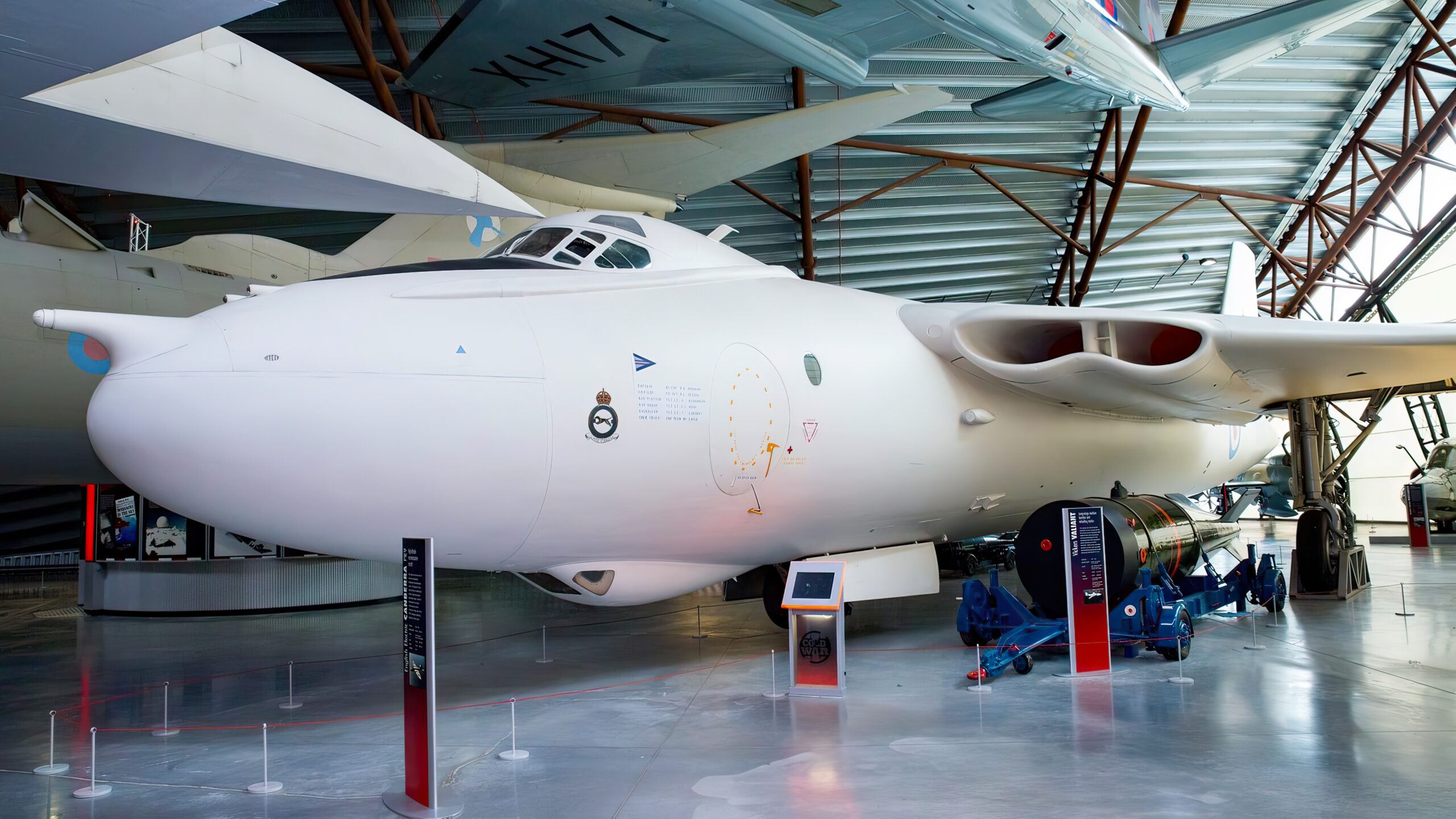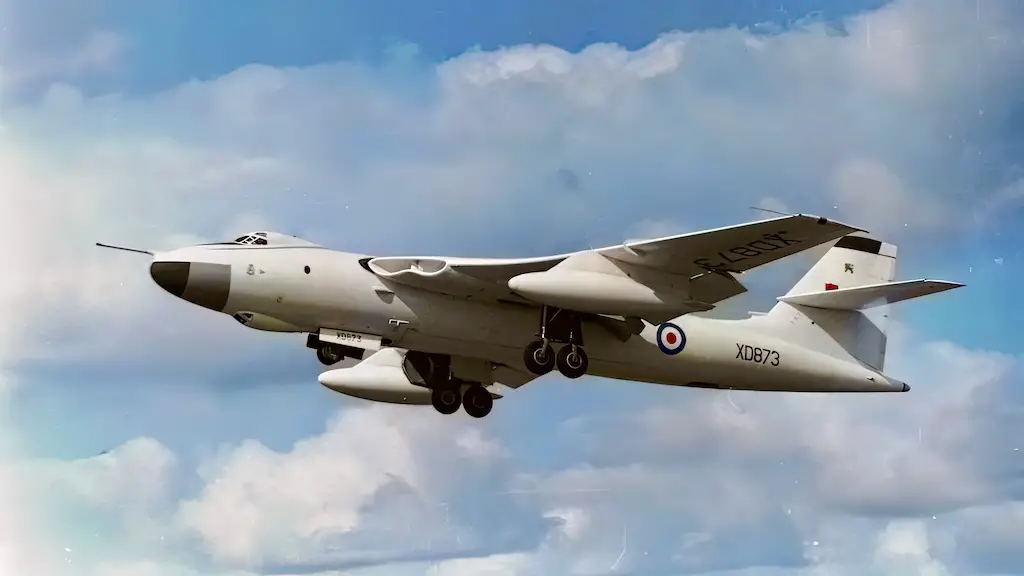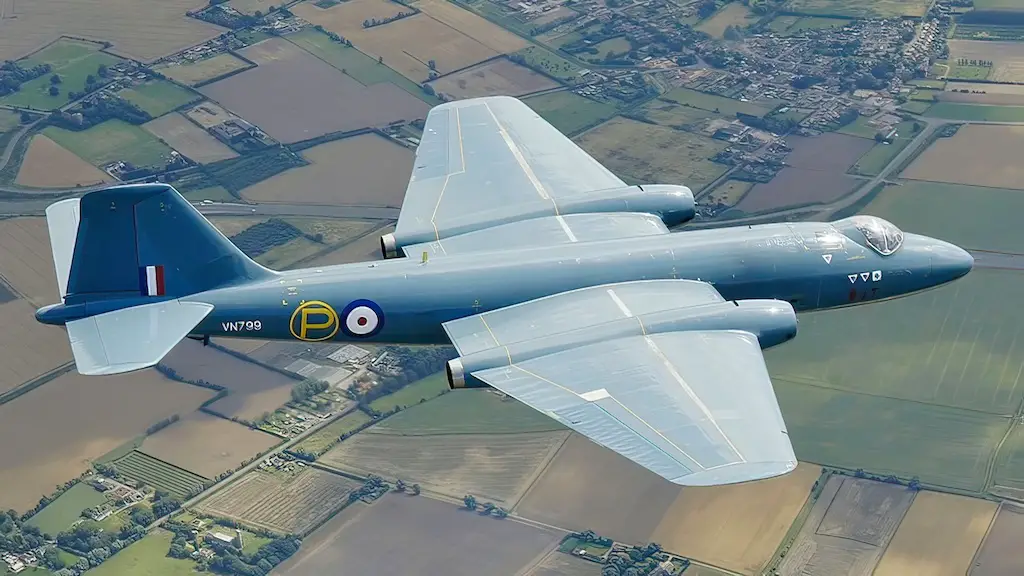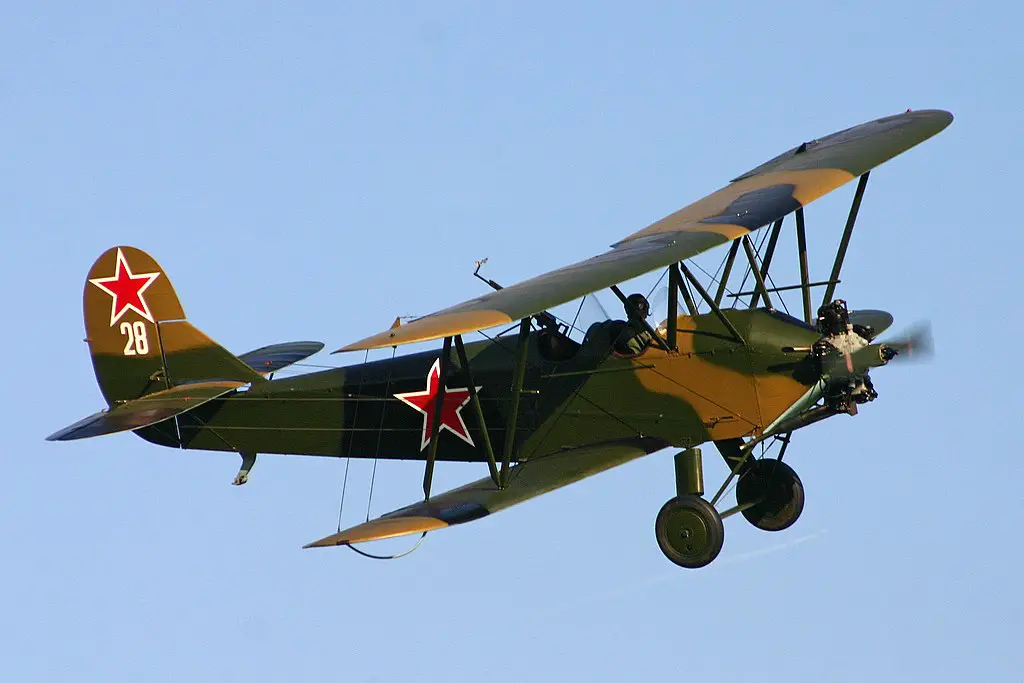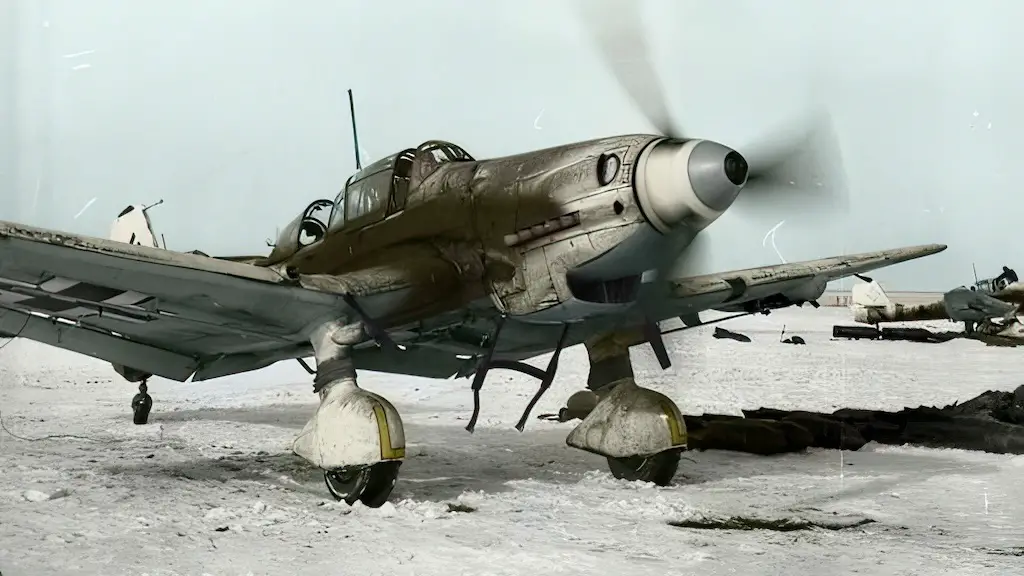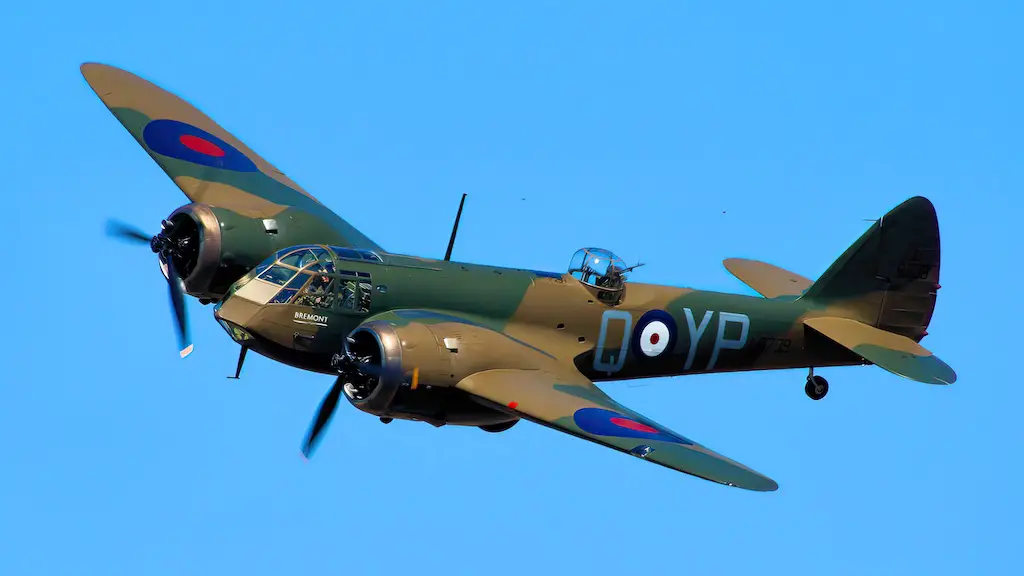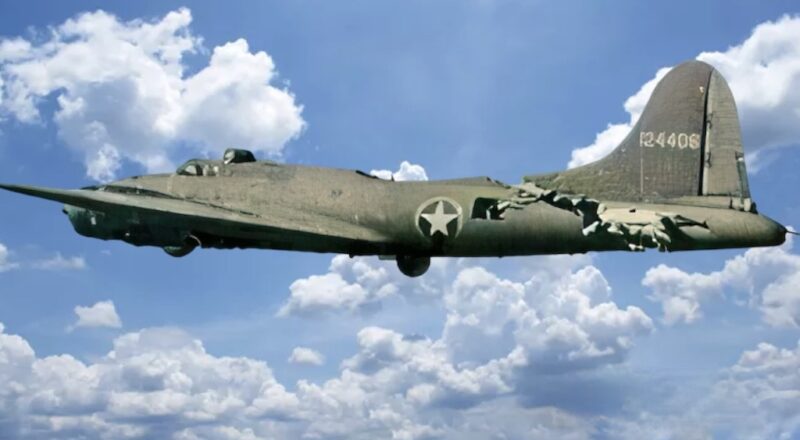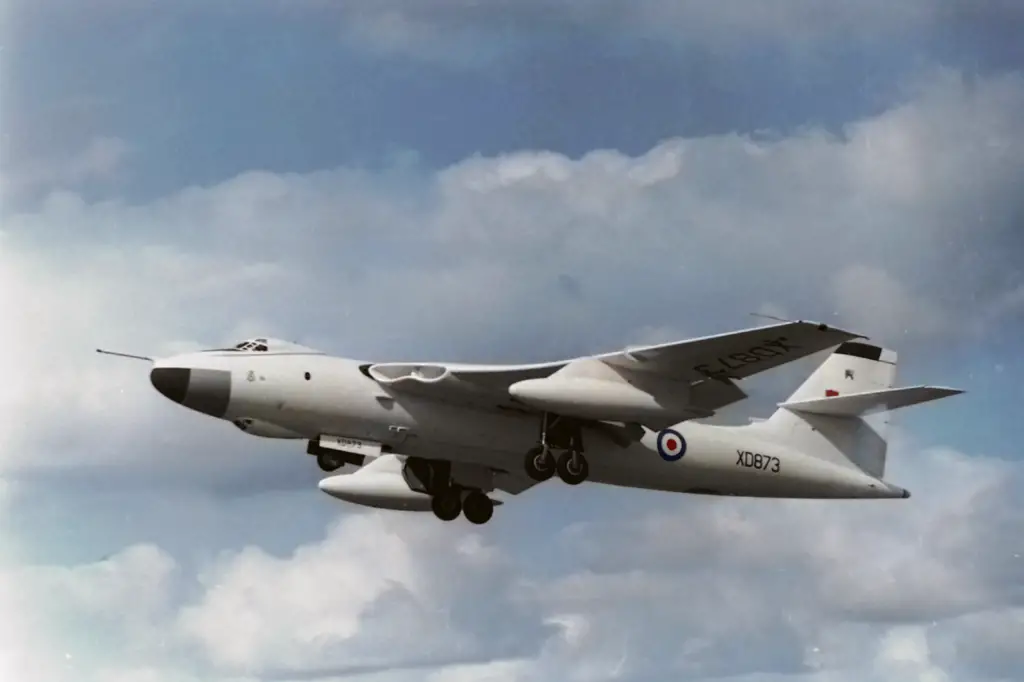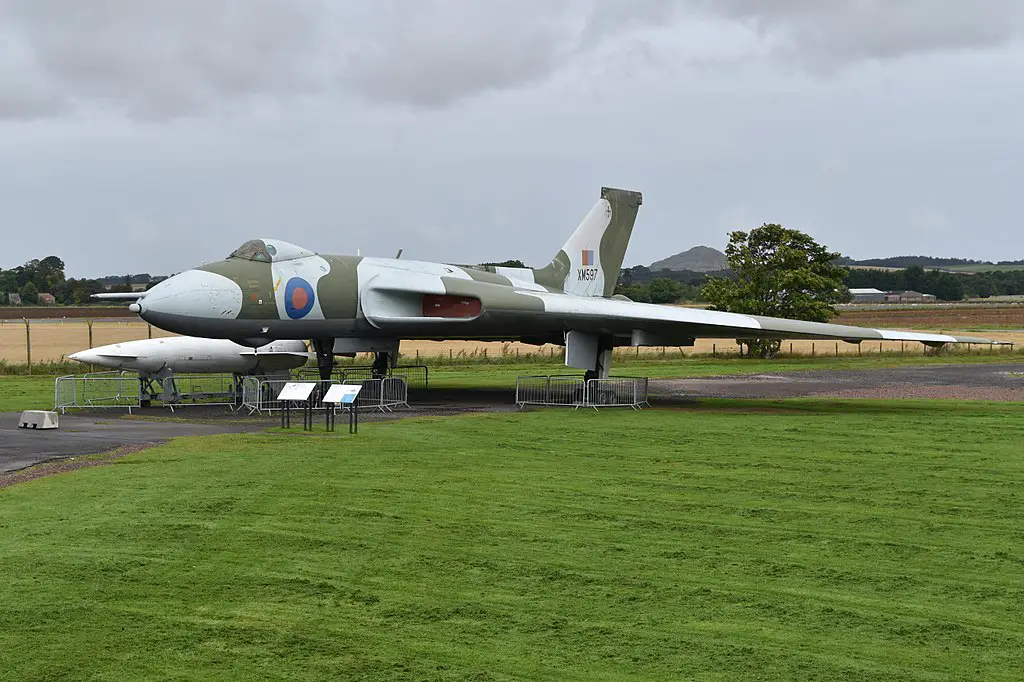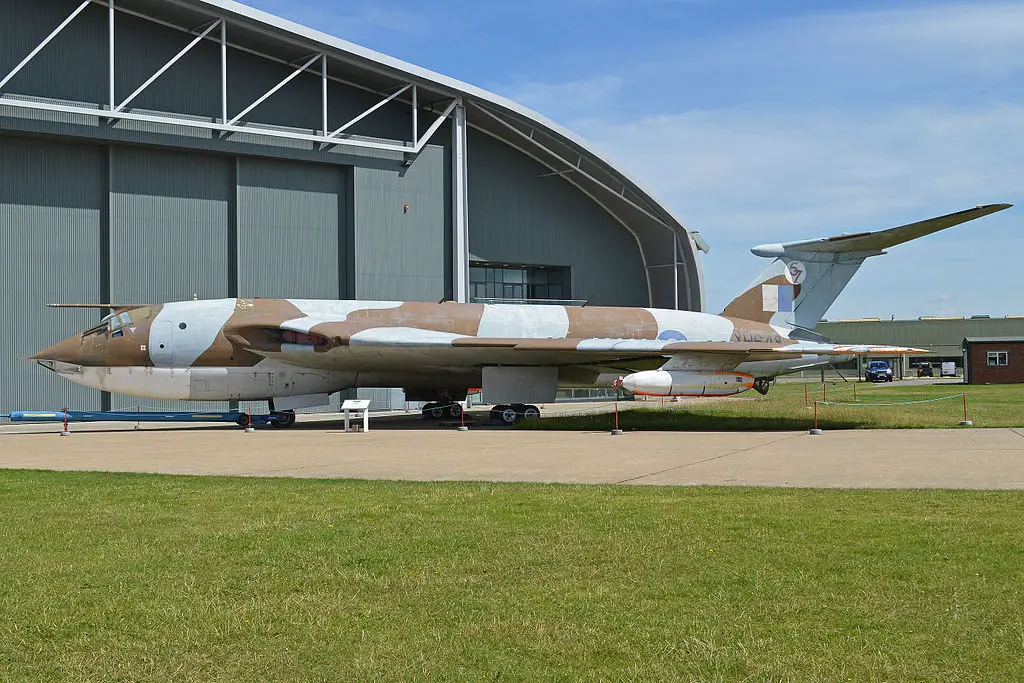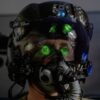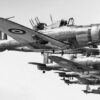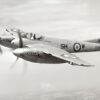The Valiant’s Genesis
The development of the Vickers Valiant commenced in the early 1950s, when the United Kingdom’s Air Ministry identified a need for a new strategic bomber. The Cold War was heating up, and the Valiant became the UK’s answer to the rapidly escalating arms race. Designed by Vickers-Armstrongs, the Valiant was the first of the legendary V-Bombers, a trio of strategic bombers that included the Avro Vulcan and the Handley Page Victor.
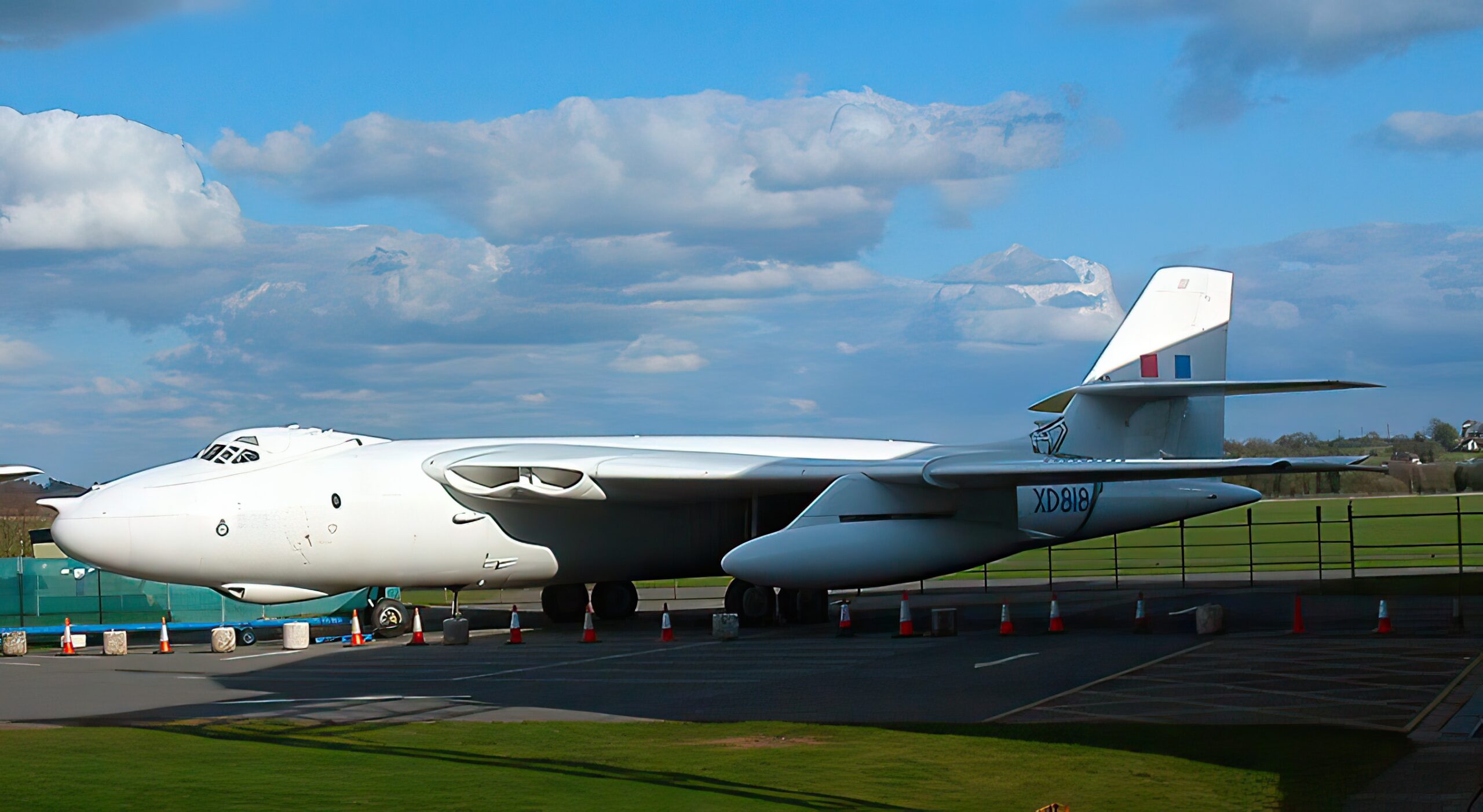
Soaring into Action
The first prototype, the Valiant B.1, took flight in May 1951. The aircraft featured a sleek, low-wing design and four Rolls-Royce Avon turbojet engines. After extensive testing and refinements, the Valiant entered service in 1955 with No. 138 Squadron, followed by several other squadrons. It was a versatile aircraft, capable of performing nuclear strikes, conventional bombing, and aerial refueling.
The Valiant reached its operational peak in the late 1950s and early 1960s, with the Cuban Missile Crisis marking a particularly tense moment. The Valiant played a crucial role in NATO’s nuclear deterrence strategy, ensuring the UK’s military prowess in the face of potential adversaries.
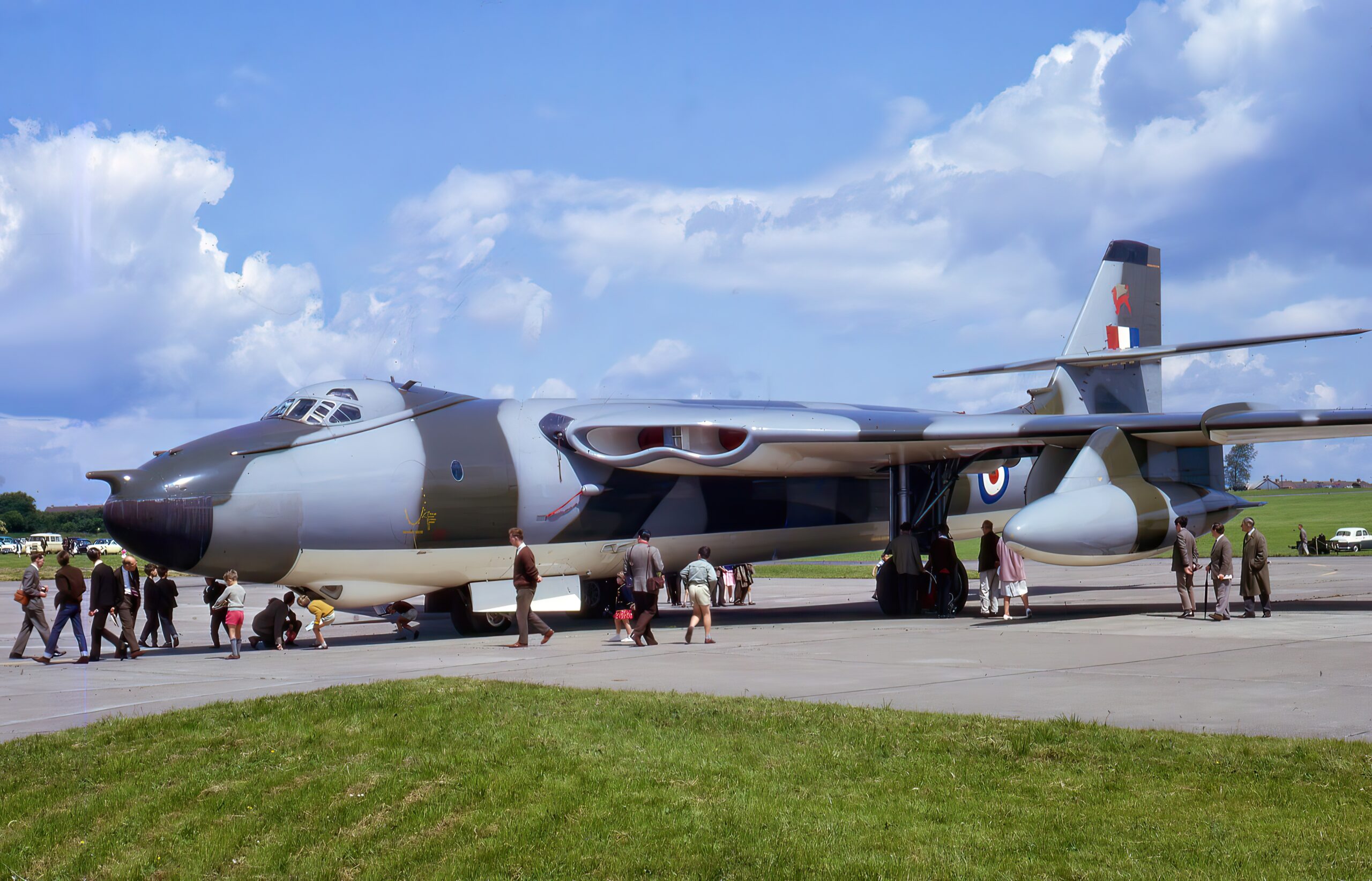
The Highs and Lows
The Valiant had several strengths that made it an essential asset to the Royal Air Force. Its high-altitude performance and speed enabled it to evade enemy defenses and deliver payloads with precision. The Valiant also boasted a state-of-the-art electronic countermeasures suite, which further enhanced its survivability.
Despite its many advantages, the Valiant was not without its flaws. Its high wing loading resulted in a relatively rough ride, especially at low altitudes. The aircraft’s range was limited, necessitating aerial refueling for long-range missions. Additionally, the Valiant’s wing structure had a relatively short fatigue life, which would later prove to be its Achilles’ heel.
A Swansong in the Skies
Throughout its operational history, the Vickers Valiant participated in several notable missions. In 1956, Valiants of No. 49 Squadron carried out “Operation Buffalo,” a series of British nuclear tests in the Australian outback. The Valiant also played a significant role in the Suez Crisis, with No. 214 Squadron conducting bombing runs against Egyptian airfields.
Arguably the most famous mission involving the Valiant was “Operation Grapple,” a series of British H-bomb tests conducted in the Pacific between 1957 and 1958. The Valiant’s role in these tests solidified its status as a vital component of the UK’s nuclear deterrent force.
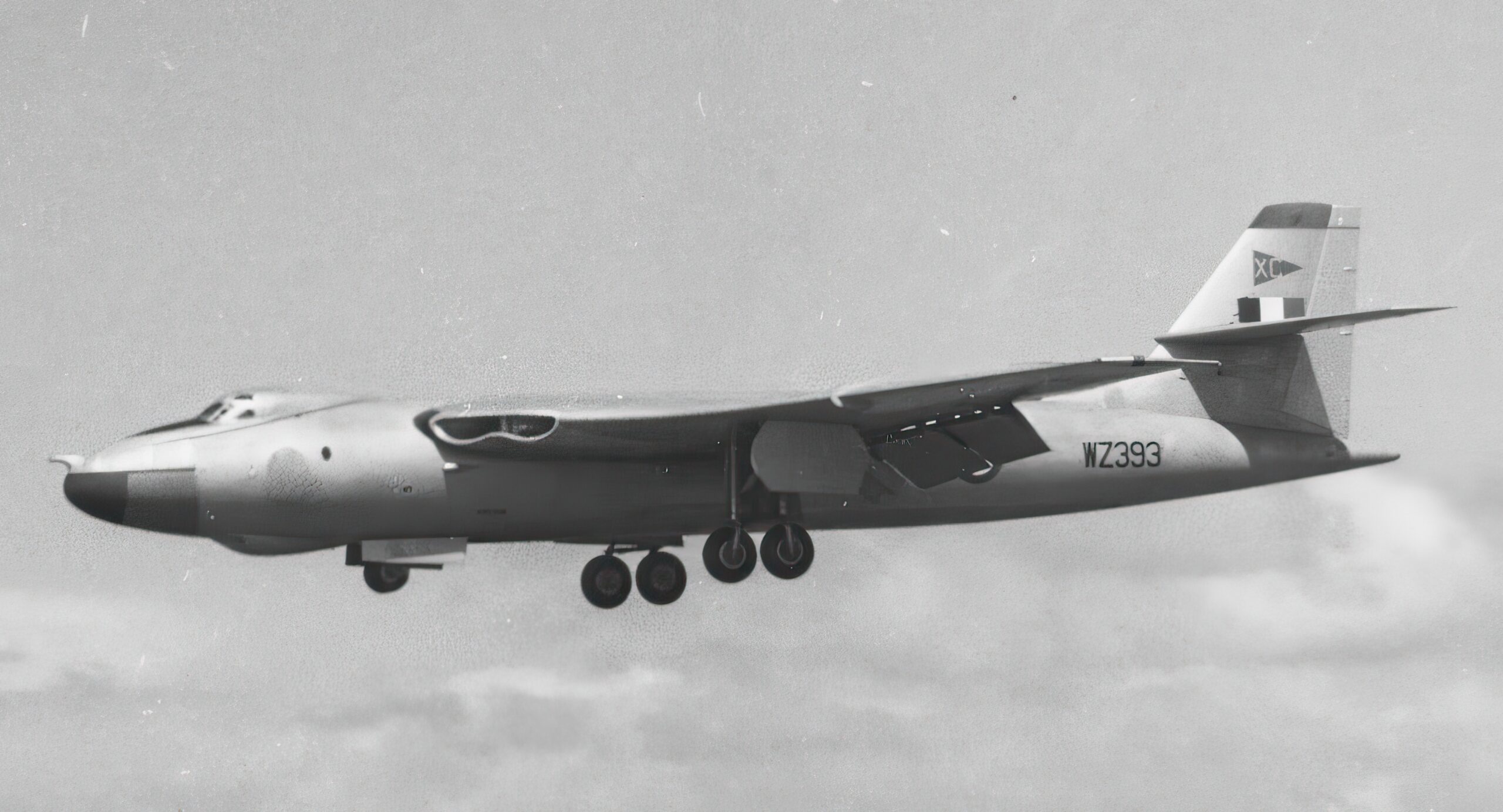
The Valiant’s Retirement
The Valiant’s retirement was hastened by the discovery of metal fatigue issues in its wing structure. Following a catastrophic in-flight failure of a Valiant’s wing during a routine training flight in 1964, a fleet-wide inspection revealed widespread fatigue issues. This finding led to the immediate grounding of the entire Valiant fleet, and in January 1965, the aircraft was officially retired from service.
While the Vickers Valiant’s operational life was relatively brief, its impact on the UK’s strategic capabilities and nuclear deterrence during the Cold War was immeasurable. Today, the Valiant remains an iconic symbol of British aviation and a testament to the country’s engineering prowess.
